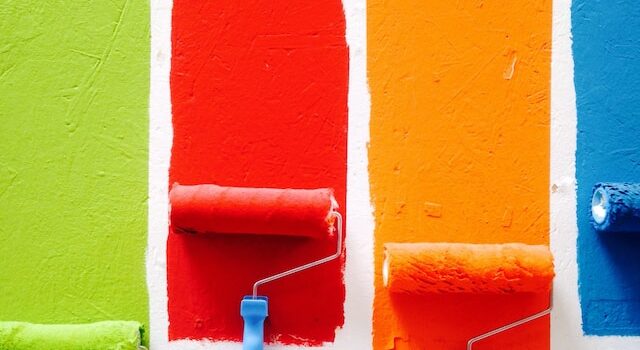
$250,000 Home Maintenance Bill
Trying to decide whether Buying or Selling is a good idea is extra challenging as market conditions continue to be very volatile. (For a quick take on current market conditions read: this post.) The reality is we need to live somewhere and for those of us that don’t have a rich uncle offering up a vacant home in the Annex, the choice is to Buy or Rent. Predicting how home prices will be impacted by interest rates, immigration, war, inflation etc., is certain to overwhelm. I find a buy vs rent analysis can be an effective anchoring tool in guiding your real estate decision in a head spinning time.
However, prior to looking at how Buyers have fared vs renters over the recent decades, I thought it was important to assess an often overlooked expense for Home Owners: Maintenance, Repairs and Renovations.
It’s not uncommon for an onlooker to see a home sell for hundreds of thousands of dollars more than it was purchased for in a few short years and think Real Estate offers easy returns. How many times have you heard someone say if only I had bought that Beach home in 2002 it was only $—–.
While it’s true Toronto Real Estate has offered great returns over the years, the gains don’t always come as easy as you would expect. Home owners and investors often put large amounts of time, effort and money into maintaining and renovating homes; sacrificing cash flow with the hopes of a future pay out. Often the capital investments put into a home can be forgotten when assessing the end result. When you sell your home for a hefty sum you probably aren’t thinking about the fence you spent $2,000 replacing 10 years ago.
Home owners should consider how much they will spend to keep their home in its current condition. This involves thinking about maintenance, repairs and even replacement costs over the life of a home. Condo buildings are required by law to conduct a reserve fund study to ensure an appropriate sum of funds are set aside for future expenses like elevator repair or replacement. A homeowner (both condo and freehold) would be wise to take the same approach to ensure they have accounted for any future expenses. Factoring in replacement costs in addition to repair/maintenance costs will help both investors and homeowners better understand the costs of home ownership. It can also help renters better evaluate their situation and determine whether renting or owning is right for them.
There are many different recommendations out there on how much to estimate for home maintenance and even replacement costs, but here are a couple common suggestions:
- The most common recommendation for home maintenance is to budget 1% of your home value, although often a range to 1-5% is cited. I find this to be an overestimation of your expected costs
- The square footage rule of $1 per square foot is another popular rule of thumb. While factoring in square footage is a good idea, this rule seems to underestimate what you should expect to spend.
The reality is that home maintenance and replacement cost is pretty personal for each home and homeowner. The age, size, quality of finishings along with a homeowner’s abilities, knowledge and taste will all have large impacts on how much you can expect to spend on annual maintenance and replacement.
The estimate I have come up with is $250,000
- This estimate is for an average quality, good condition, recently renovated, 1500 square foot detached home with 3 bedrooms, 2 bathrooms, and in the Toronto area.
- The estimate is for a 25 year period. This life span was used as it is the most frequent amortization period used for a mortgage on a property.
This estimate works out to $10,000/year or $833/month. Every year you should add inflationary costs to your annual budget of about 2-3% or whatever these costs are increasing by in your area. After all, 25 years from now that $250,000 is likely to cost you closer to $460,000 with 2.5% annual inflation.
Some items on my list included:
- Renovating bathrooms and kitchens and replacing light fixtures once over a 25 year period
- Putting aside money for the eventual repair/replacement of things like foundation, siding, electrical, and plumbing.
- It involves replacing appliances not once, or even twice, but 2.5 times over a 25 year period as most appliances these days don’t seem to last more than 10 years.
- It involves replacing a roof 1.25 times and furnace and A/C 1.5 times over this period.
For a more detailed list of what was included feel free to email me Andrew@relativerealty.com
This estimate is coming in below the 1%-3% of home value rule often found on the internet. But well above some of the often cited $1 per square foot estimate. Other factors that will influence this cost is your home type. A detached home is going to cost more than a townhome as you need to budget more for siding and foundation work and will likely have more landscaping costs.
While this is an expense that can vary greatly, these forgotten investments in your home should be factored into your Real Estate investment decisions. Having this line item in your overall budget will allow you to make a more realistic assessment when deciding to rent, own or invest in a property.
Up next:
Renting vs Buying in the 90s, 2000s, 2010s, and today.
